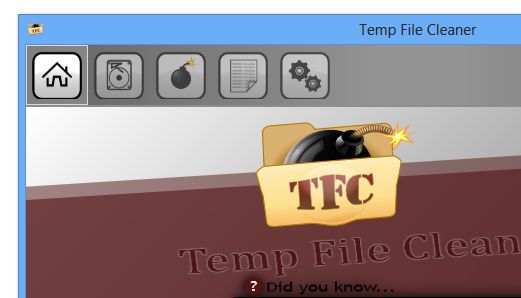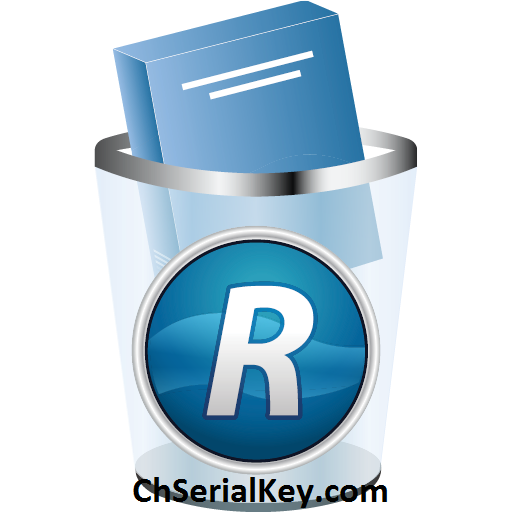
In the search bar, type in ~/Library/Caches/ and tap Go to run the command. Now, please open Finder and click on Go > Go to Folder. First, you should quit all active apps before locating the temp folder. Let's access it for checking how many temp files your Mac has contained right now. Mac stores temporary files in a specific folder. Some of them work to help provide faster browsing speed without delaying the loading on Mac, while those outdated ones would take up much space for dragging down the performance of your Mac. In most cases, temporary files would come in the form of cache, including those from apps, systems, browsers, outdated system logs, and intermediate document versions. Even when Mac is running, the system would also generate temporary files to ensure the proper performance of the device. An incomplete uninstallation of a program may cause problems, which is why thorough removal of programs is recommended.Basically, temp files, alias temporary files refer to the data or files generated while we are running apps and browsing the Internet on Mac. There could be other causes why users may not be able to uninstall Temp File Cleaner.

Another process is preventing the program from being uninstalled.Due to an error, not all of the files were successfully uninstalled.A file required for the uninstallation to complete could not be run.The program’s built-in uninstaller does not start or does not operate properly.Possible problems that can arise during uninstallation of Temp File Cleaner Removing process running for a long time and does not come to the end.Some traces of the program can still can be found on the computer.After removing the program, some of its related processes still run on the computer.The program is not listed in the Windows Settings or Control Panel.The program is regarded by the user and/or some websites as a potentially malicious.The program is being re-installed (uninstalled and installed again afterwards).The program is not as good as the user expected.




 0 kommentar(er)
0 kommentar(er)
